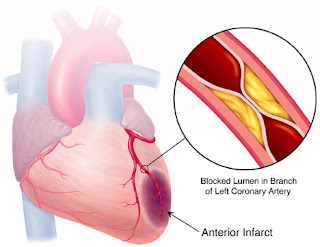Knowledge Deficit Definition and Related Factors
Nursing Diagnosis for Knowledge Deficit Knowledge Deficit : About the Disease Process Knowledge Deficit Definition: The absence or lack of cognitive information in connection with a specific topic. Defining characteristics: verbalization of problems, inaccuracies follow instructions, inappropriate behavior. Knowledge Deficit Related Factors: cognitive limitations, interpretations of misinformation, lack of desire to seek information, not knowing the sources of information. NOC: Kowlwdge: disease process Kowledge: health behavior Results Criteria: Patients and families express an understanding of the disease, condition, prognosis and treatment programs Patients and families are able to perform the procedure correctly explained Patients and families are able to explain again what was described nurse / other health team NIC: Teaching: Disease Process Give your assessment of the level of knowledge about the patient's specific disease process Describe the pathophysiology of the disease ...








